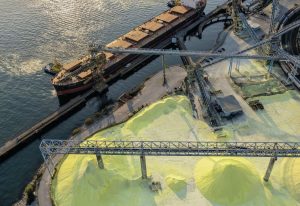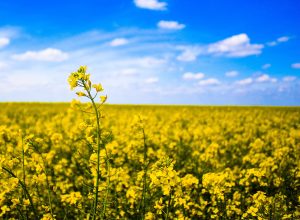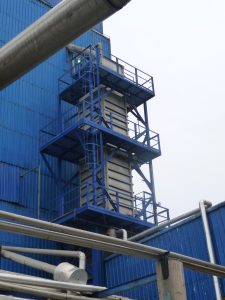
Gas plant startup delayed
CSV Midstream Solutions says that startup of the Albright gas plant in Alberta is likely to be delayed due to issues with the sulphur recovery plant. Commissioninf began in June 2025, with expectations of full-scale operations to commence in July 2025. However, a faulty valve at the SRU has necessitated a root cause analysis for its failure. The plant will process 150 million cfd of sour gas once operational.






